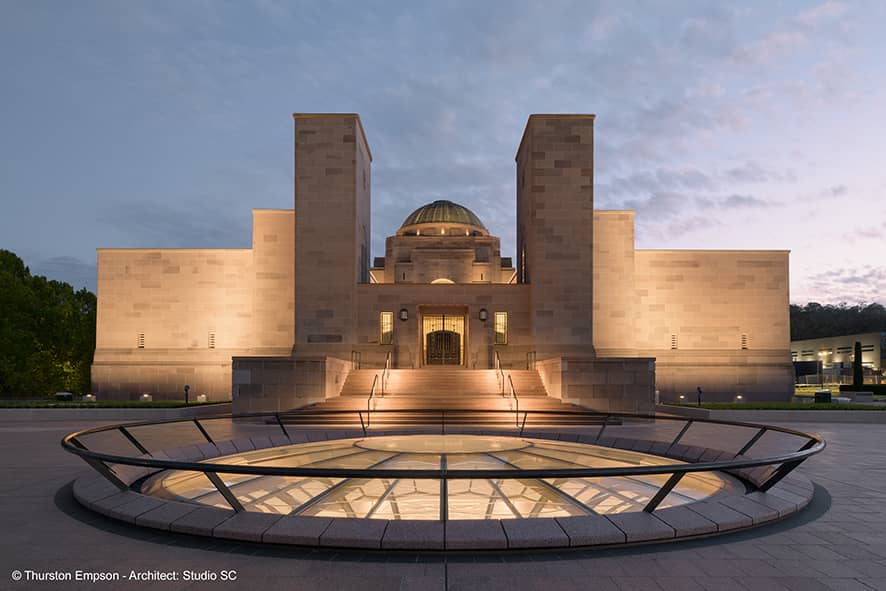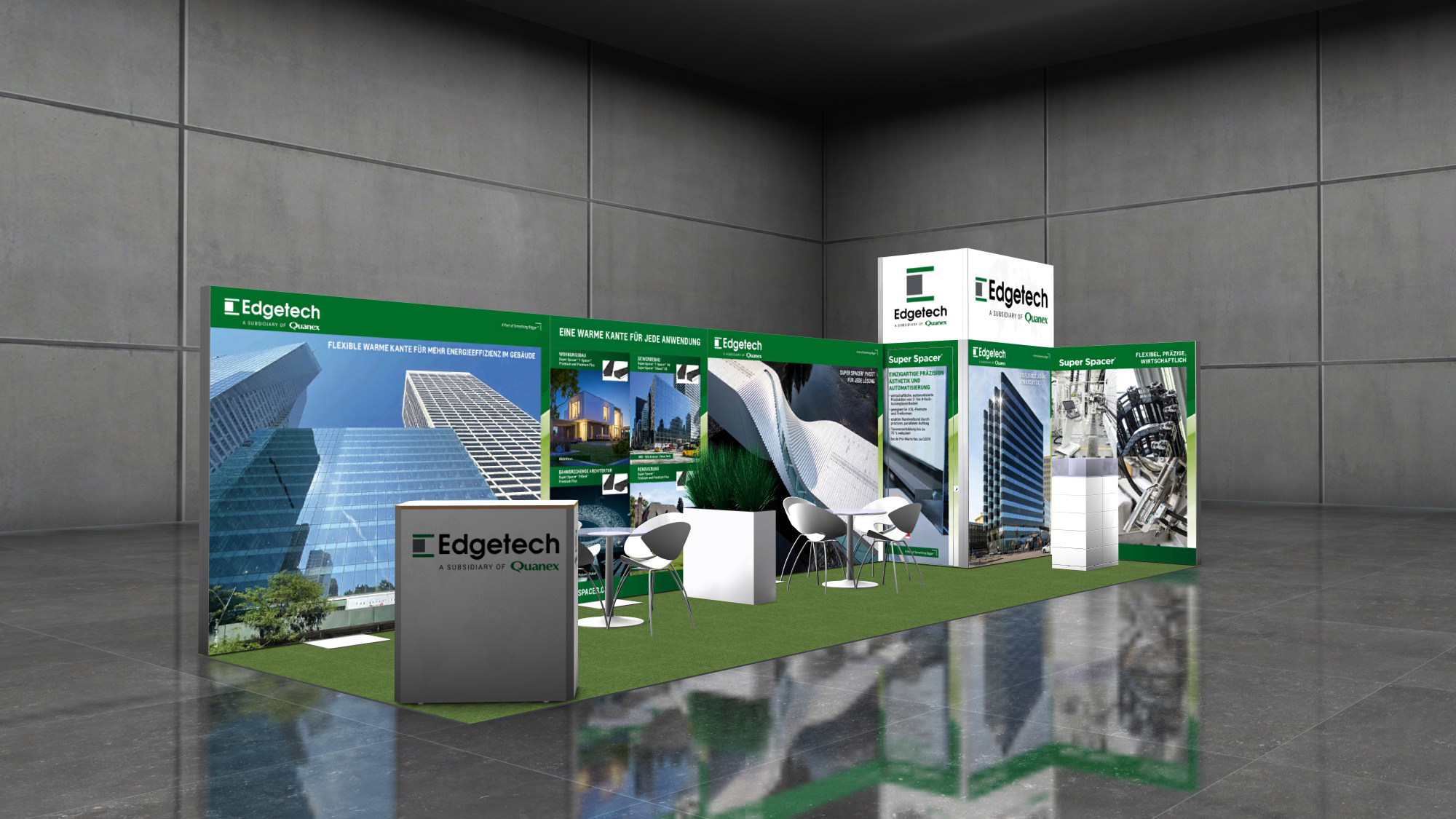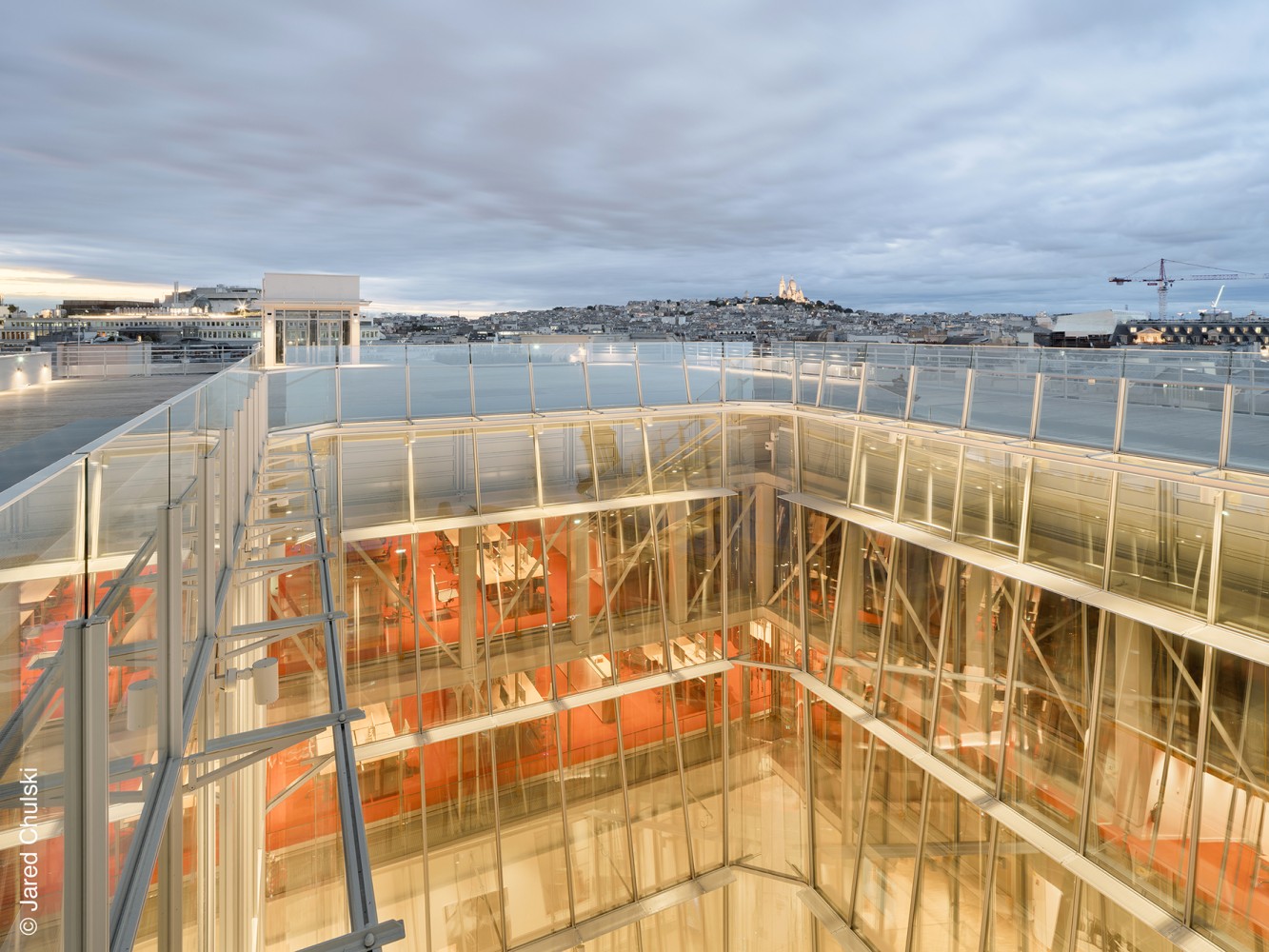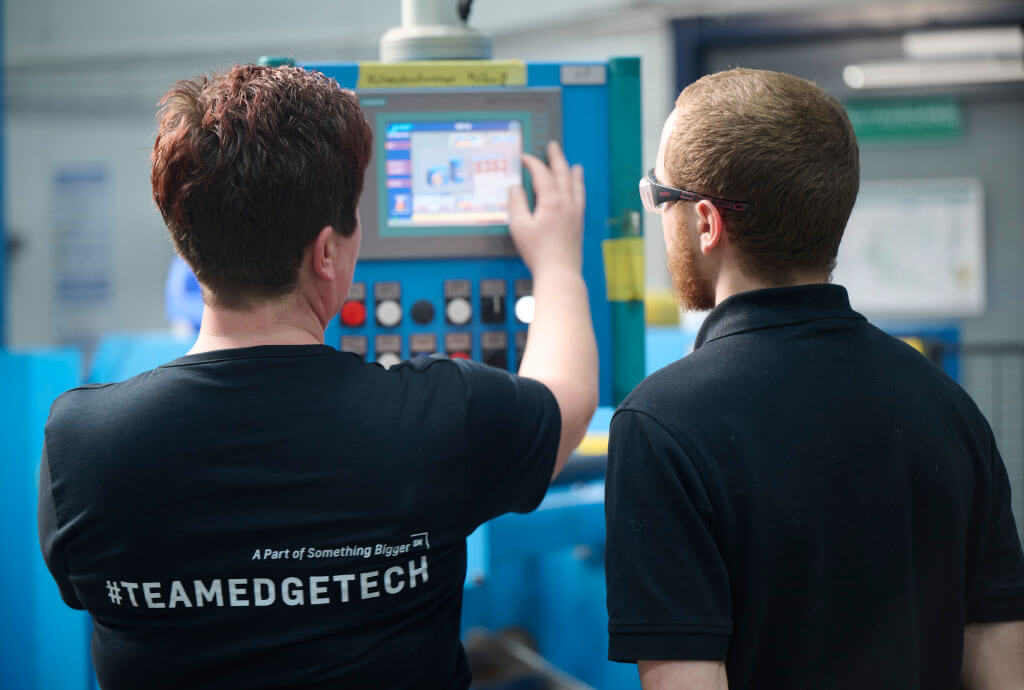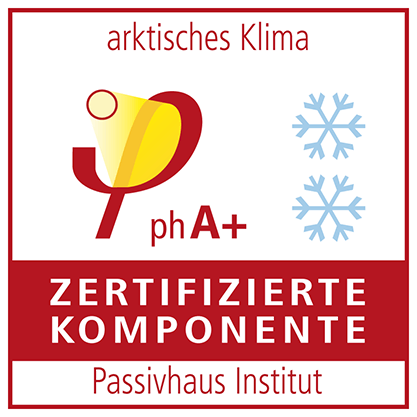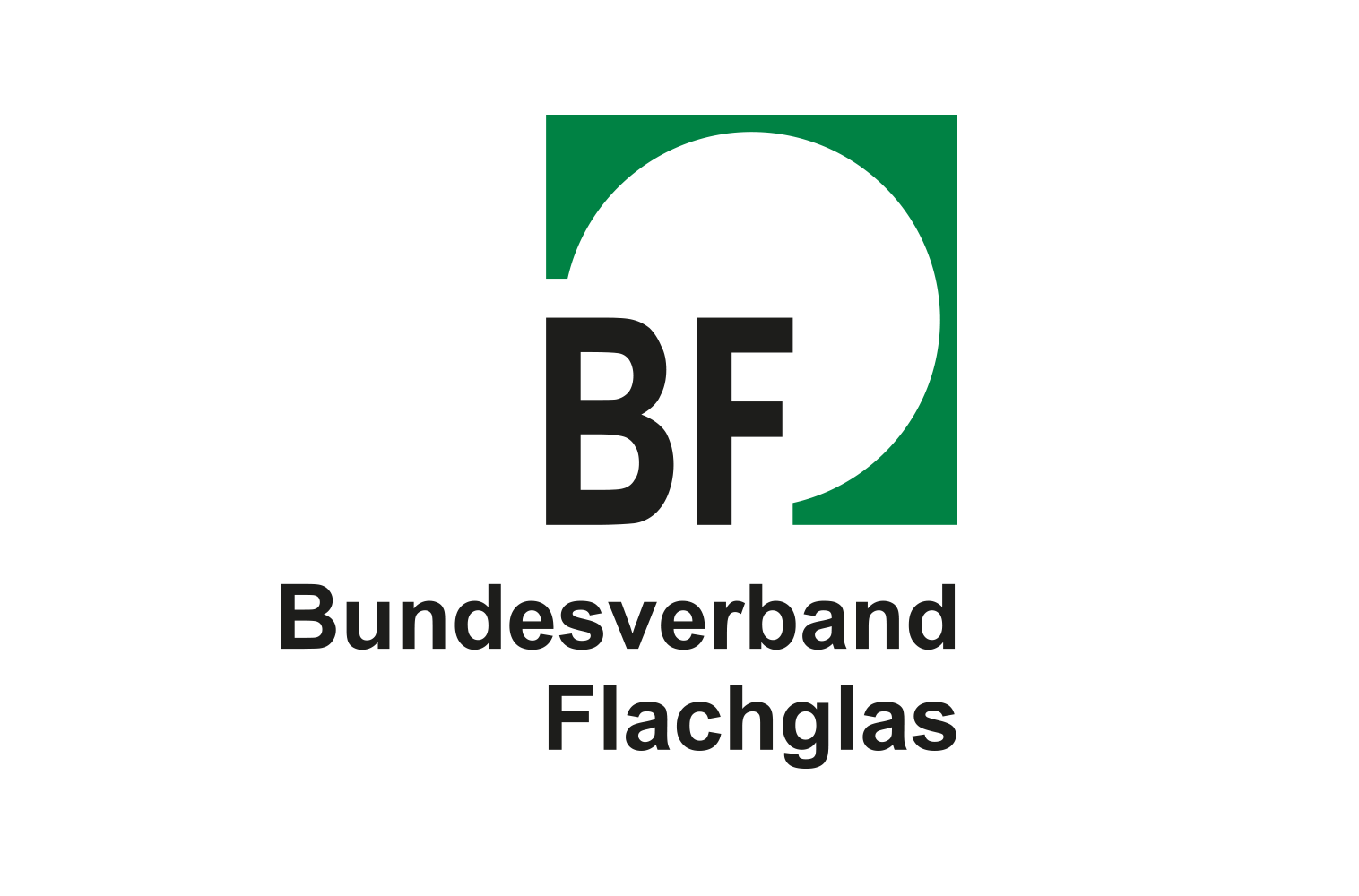Super Spacer® warm edge in two BREEAM-certified properties
Resource-saving materials are increasingly competing with classic reinforced concrete and facades made of primary aluminium. The energy-efficient Super Spacer® Warm Edge spacers have been installed in two showcase projects whose main materials could not be more different, but which have an enormous amount in common when it comes to the circular economy. What’s more, they exhibit a very unique aesthetic that harmoniously integrates architecture and nature.
Since January 2021, all new buildings in the EU have to meet the standard of a “lowest energy building” and should cover their energy needs with renewable energies wherever possible. But energy efficiency is only one side of the coin when it comes to sustainable building. On the other side, the discussion about grey energy as well as the circular use of the raw materials and materials used is gaining more and more momentum. It is not only from politics that sustainable construction is receiving tailwind. Tor-Christian Møglebust, partner in the Oslo-based architecture firm DARK Arkitekter, tells us in an interview that the first major tenant of the Økern Portal office complex designed by DARK had explicitly insisted on BREEAM Excellence certification.
Økern Portal is one of the largest development projects ever realized in Norway. But it is also outstanding because of its striking 14,600 m2 facade made of recycled aluminum. Aluminum producer Hydro’s CIRCAL® 75R alloy, made from at least 75 % end-of-life aluminum, has a carbon footprint that is second to none: the guaranteed carbon footprint under 2.3 kg of CO2 per 1 kg of aluminum is 84 % lower than the average for primary extraction and is equivalent to the CO2 released when wood is burned. With WICTEC EL evo from Wicona as the main facade and the Sapa 4150 facade system for the lower two floors, two brands from the Norwegian aluminum specialists are installed in the showcase building.
The client and owner is Oslo Pensjonsforsikring. The complex offers 80,000 m2 of space for offices, a hotel, common areas and a food court. Urban gardening, beehives and a running track are planned on the green roofs. Despite the size, the DARK Arkitekter office has managed to breathe lightness into the design. The building stands on stilts to allow for fluid transitions between the public park and the commercial spaces. The aesthetics of the facade, installed by Staticus, establish a connection with the surrounding nature through the arrangement of its 1,588 trapezoidal aluminum elements. Vertically running bands are reminiscent of tree trunks, while the faceting of the horizontal “leaf elements” creates plays of light and shadow and emphasizes the liveliness of the building envelope. The sophisticated system of solar shading, opaque surfaces and double glazing ensures that the facade meets all regulations and energy efficiency requirements.
Insulating glass on demand on the first two floors.
The first two floors, executed by H-fasader with a Sapa standard facade profile, face in six different directions. Glaseksperten A/S from Hjørring, Denmark, therefore customized the total of 3,000 m2 of triple glazing to meet the different requirements in terms of sound insulation, thermal insulation, safety and space utilization. Among other things, insulating glass with varying sound insulation values between 32 and 39 dB was installed. In addition, invisible sound insulation for walls and ceilings ensures that the retail and commercial areas can be used for a wide range of purposes.
“The project was challenging,” explains Kent R. Beresford, Sales Manager Norway at Glaseksperten. 12 different glass assemblies were produced in sizes up to 1,200 by 3,000 mm, and the specification for the U-value was 0.6 or less. The outer panes have a highly translucent, color-neutral solar control coating, Sunguard SuperNeutral 70S, while the inside is tempered or laminated glass in various thicknesses. To achieve a thickness of 55 mm for each unit, Super Spacer® T-Spacer™ Premium spacers in widths of 14, 16 or 18 mm were changed accordingly during production in an automated process. “Super Spacer is our preferred warm edge for demanding sustainability projects such as the Økern Portal due to its excellent energy performance. In addition, we always ensure the required precision in spacer application, even under high deadline pressure,” adds Glaseksperten Sales Manager Jess Gregersen.
Saint-Denis becomes the secret wood capital of France
When, in the 1960s, the A1 highway cut through the historic royal road that led from Paris to Saint-Denis Cathedral, the industrial city in the north of Paris finally became a banlieue. The royal city, which made history as the cradle of Gothic architecture and the burial place of the French royals, and where the famous Wagon-Lits dining cars were once built, degenerated with the decline of the industrial region into a problem zone with prefabricated housing. But in the shadow of the Stade de France, Saint-Denis is gradually softening the boundaries between the banlieue and Paris. Efforts are being boosted by numerous construction and infrastructure projects for the Olympic Games. Well-known media and service companies have settled here and, according to the city planners, a lively quarter for living and working is being created, which is also developing into a stronghold of French timber construction. For the Olympic Village, which will be built in Saint-Denis by 2024, all buildings under eight stories must be constructed in wood, and taller buildings must at least be designed to be as low-carbon as possible. Thanks to its natural insulating properties, its function as a natural CO2 reservoir and its ease of material recycling, wood from sustainably managed regional forests is an ideal ecological building material. Factory-prefabricated timber frame elements also make timber construction projects increasingly economical compared to classic reinforced concrete construction.
Another sign of the new beginning is the 30-hectare eco-district ZAC de la Montjoie in the city center, where particularly strict specifications apply for the promotion of biodiversity and the use of sustainable materials such as wood. In 2020, BNP Paribas Real Estate implemented one of the largest, large-scale European projects in timber construction here with the 7-story office complex. “The Curve”, designed by the Chartier Dalix office, houses around 1,600 workplaces, catering facilities and a fitness center on an area of 24,400 m2. The elegantly curved basic form leaves room for 1,400 m2 of open space, and two green areas planted with trees delimit the building from the street.
5,000 m3 of cross-laminated timber elements from Binderholz form the structure; only the building core and the four basement levels are made of low-carbon concrete. BNP Paribas is more committed to sustainability than almost any other real estate developer. “The Curve” is 40 % below the energy consumption limits of 50 kWh per square meter on average according to the RT2012 thermal insulation regulations and was designed for HQE Exceptional, Effinergie+ and BREEAM certifications. All bidders were invited to submit proposals for the lowest possible carbon materials.
The 10,000 m2 element facade, realized by Metal Yapi, is also part of the sustainable overall concept. In order to flood the offices with as much natural daylight as possible, floor-to-ceiling window areas with windings of between 1,000 and 2,000 mm and a height of 3,285 mm were planned. Saint-Gobain Pietta manufactured the double glazing. In order to find the ideal compromise between comfort, aesthetics and energy efficiency, an extremely transparent and highly selective solar control glass from Saint-Gobain was chosen.
The insulating glass units for the rounded building corners were concavely and convexly curved at Döring Glas in Berlin. The asymmetrical pane structure consists of an outer laminated glass with COOL-LITE® XTREME 70/33 coating on the inside, 16 mm Super Spacer® Triseal™ Premium Plus Black as a warm edge, and an 8 mm float glass.
“We had ourselves certified according to CEKAL especially for this project in order to underline our high quality standards,” says Döring Glas project manager Martin Lenz. He continues, “Despite our vast experience, the panes on the first floor and entrance area were a challenge in terms of manufacturing and logistics. The units are up to 3,000 mm wide and 4,102 mm high, weighing in at just under 900 kg. One unit was also screen-printed with a white pattern to provide a barely perceptible visual screen from the outside to the inside. Another requirement from the customer was to precondition each individual insulating glass unit to increase its service life. For each individual insulating glass unit, the pre-calculated pressure was set individually according to the specifications.”
Joachim Stoss, Managing Director of Edgetech Europe GmbH and Vice President International Sales at Quanex is proud: “Architecture is currently on an incredibly exciting path. I am confident that together we as an industry will succeed in significantly reducing the carbon footprint of buildings thanks to sustainable materials and consistent circular economy. We are very happy that we at Økern Portal and The Curve were able to make a small contribution again with our Warm Edge.”

